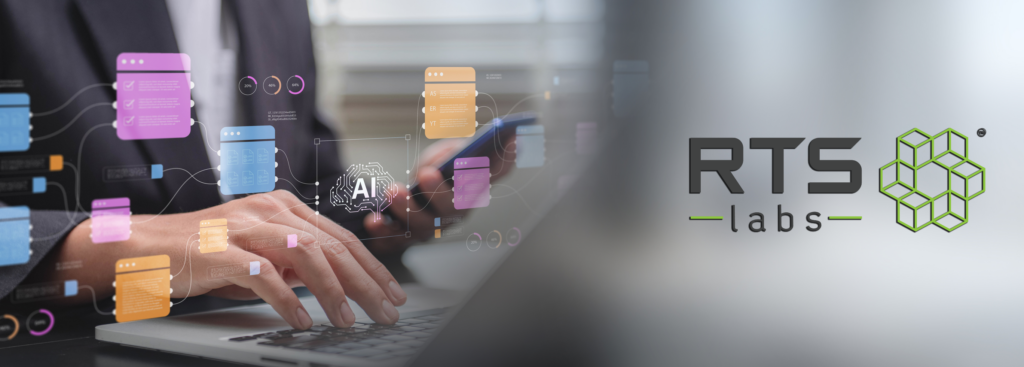
Generative AI for Next-Gen Supply Chain Solutions
The Labyrinthine Complexity of Modern Supply Chains The contemporary supply chain stands as a testament to global interconnectivity, a vast and intricate web of processes,

The Labyrinthine Complexity of Modern Supply Chains The contemporary supply chain stands as a testament to global interconnectivity, a vast and intricate web of processes,

Discover the top 10 cloud consulting firms of 2025 revolutionizing how businesses transition to the cloud and achieve measurable growth. Learn how these consulting leaders

What is Databricks? It is a robust open analytics platform that harnesses the power of Apache Spark to build, deploy, and maintain scalable data, cloud

Tech giants like Google, Amazon, and OpenAI are leading the AI revolution by investing heavily in AI technologies, while AI startups in healthcare and fintech

Generative AI for retail is changing how businesses connect with customers and improve operations. Generative AI refers to artificial intelligence that can create content, whether

As artificial intelligence continues to advance at an unprecedented pace, one area that’s generating significant attention is generative AI. This technology has the power to

AI models rely heavily on advanced compute power—from GPUs and TPUs to cloud platforms and edge devices—to process large datasets, train models efficiently, and deliver

Artificial Intelligence (AI) has moved beyond science fiction and has now become a powerful driver of change across global industries. From healthcare and finance to

AI Enhances Efficiency and Innovation: AI has the potential to revolutionize industries like healthcare, education, and climate change by automating tasks, improving decision-making, and enabling

Artificial Intelligence (AI) has quickly become one of the most important tools for modern businesses. From enhancing customer interactions to automating complex tasks, AI is

In recent years, artificial intelligence (AI) has rapidly integrated into the daily work lives of many professionals. From coding assistants to sophisticated analytics platforms, AI

300 billion words or 570 GB of data, is how much text the AI model behind ChatGPT was trained on, pulled from vast databases across